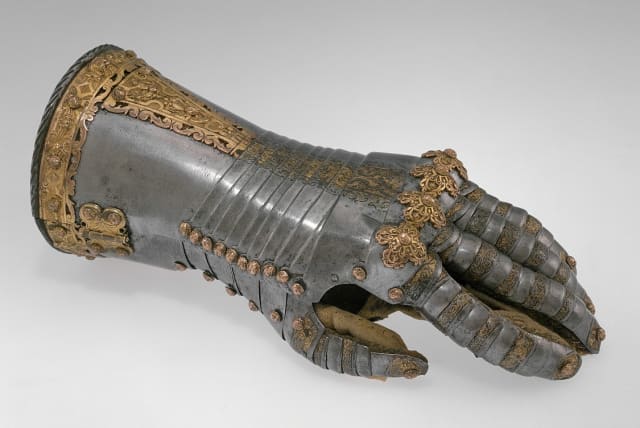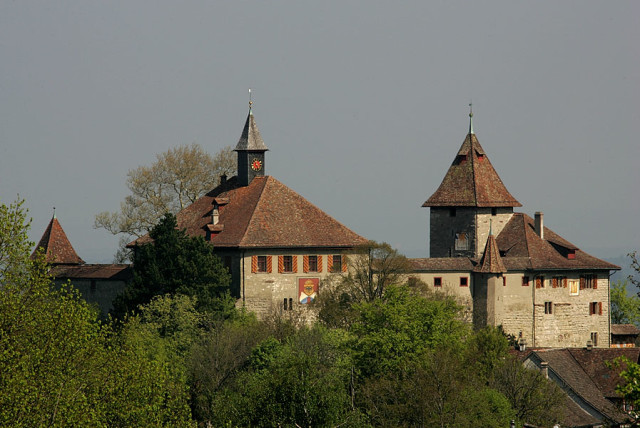Swiss archaeologists find 'sensational' 14th-century gauntlet

Only five 14th-century gauntlets have been discovered in Switzerland, none as well preserved as this Kyburg gauntlet, according to the Zurich cantonal infrastructure department.
Swiss archaeologists have discovered an extraordinarily well preserved 14th century gauntlet in Kyburg Castle in Pfäffikon, Switzerland on Tuesday .
The gauntlet’s state of preservation allows for the recognition of numerous manufacturing and decorative details, setting it apart from previously known examples.
This armor glove is made from individual iron plates intricately stacked like scales. These plates are connected through side rivets, forming a flexible glove. The components were originally affixed to a leather or textile base, showcasing highly skilled craftsmanship.
The discovery provokes questions as to who owned the gauntlet originally and whether more exist or if they were already melted down. The gauntlet is currently being kept at the cantonal archaeology offices in Dubendorf.
The glove is not the only discovery made
Only five 14th-century gauntlets have been discovered in Switzerland, none as well preserved as this Kyburg gauntlet, according to the Zurich cantonal infrastructure department. Lorena Burkhardt, the project leader, remarked, “The discovery is sensational due to its age and condition.” Most of the previously discovered gauntlets date back to the 15th century at the earliest.
In addition to the gauntlet, archaeological excavations in the area discovered a medieval weaving cellar containing three looms, destroyed by fire in the 14th century.
A blacksmith’s forge was also discovered along with over 50 preserved metal objects including hammers, keys, hinges, a writing stylus, a hand drill, and projectile points.
The Kyburg Castle was known as Chuigeburch during the medieval period, and is currently one of the most expansive medieval castle complexes in Switzerland.
This area is significant for archaeologists because the castle's defensive walls used to extend over the village of Kyburg. Artisan workshops and homes of the castle’s servants were located in the outer bailey, so any planned construction provokes an emergency archaeological excavation.
Jerusalem Post Store
`; document.getElementById("linkPremium").innerHTML = cont; var divWithLink = document.getElementById("premium-link"); if (divWithLink !== null && divWithLink !== 'undefined') { divWithLink.style.border = "solid 1px #cb0f3e"; divWithLink.style.textAlign = "center"; divWithLink.style.marginBottom = "15px"; divWithLink.style.marginTop = "15px"; divWithLink.style.width = "100%"; divWithLink.style.backgroundColor = "#122952"; divWithLink.style.color = "#ffffff"; divWithLink.style.lineHeight = "1.5"; } } (function (v, i) { });

